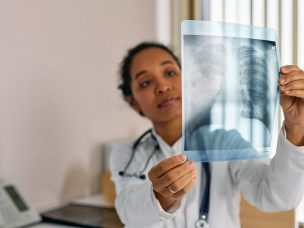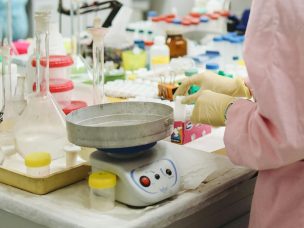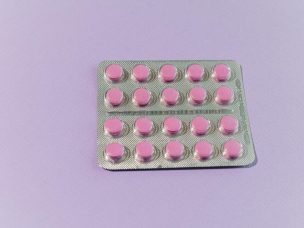Link between Latino population, higher COVID-19 rates attenuated after adjustment for these factors
Community-level factors explain some, but not all, racial and ethnic disparities in COVID-19 rates in Massachusetts, according to a report published online Aug. 27 in Health Affairs.
Jose F. Figueroa, M.D., M.P.H., from Harvard T.H. Chan School of Public Health in Boston, and colleagues conducted a cross-sectional study of 351 Massachusetts towns and cities from Jan. 1, 2020, to May 6, 2020, to examine which demographic, economic, and occupational factors have contributed to disparities in COVID-19.
The researchers found that a 10-percentage point increase in the Black and Latino populations correlated with increases of 312.3 and 258.2 COVID-19 cases per 100,000, respectively. The proportion of foreign-born noncitizens living in a community, mean household size, and share of food service workers were independent predictors of higher COVID-19 rates. The association between the Latino population and COVID-19 rates was attenuated after adjustment for these variables, but the correlation persisted for the Black population indicating that other systemic inequities may explain the correlation.
“Further research into the social and economic factors underlying COVID-19-related disparities and new policies to address risk factors and institutional racism will be critical to controlling the epidemic and improving health equity,” the authors write.










